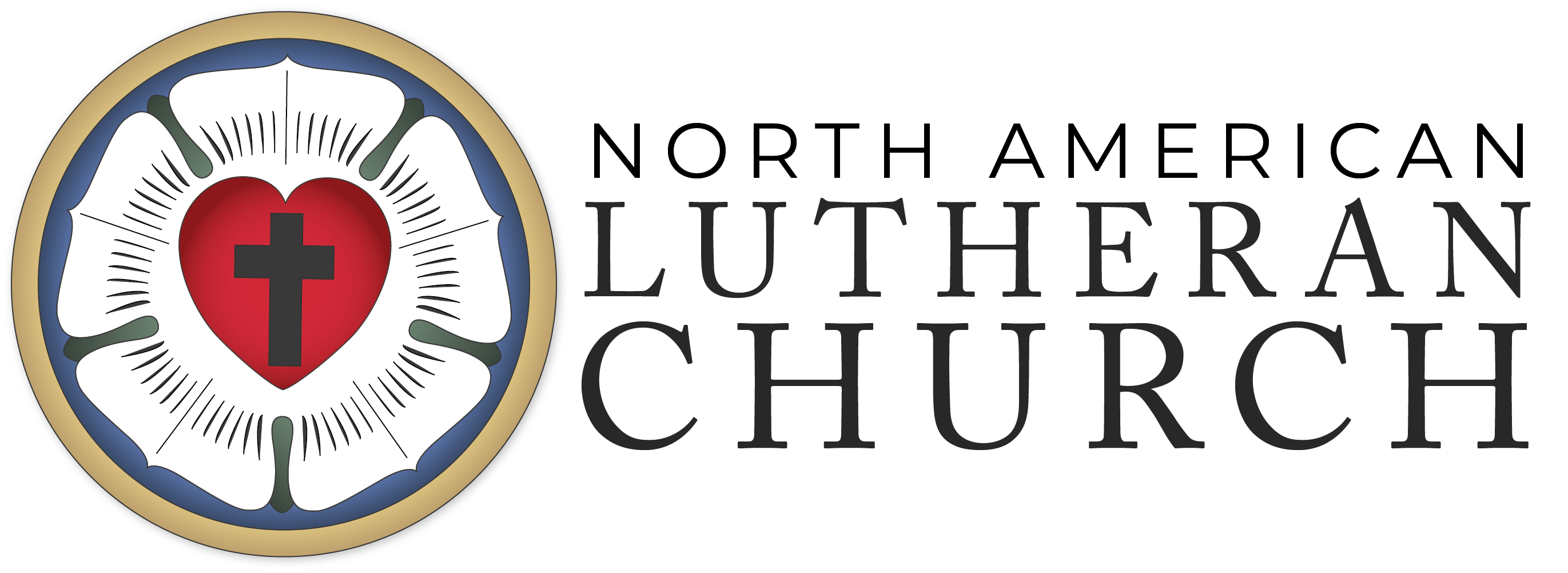“Jesus went through all the towns and villages, teaching in their synagogues, proclaiming the good news of the kingdom and healing every disease and sickness. When he saw the crowds, he had compassion on them, because they were harassed and helpless, like sheep without a shepherd. Then he said to his disciples, ‘The harvest is plentiful but the workers are few. Ask the Lord of the harvest, therefore, to send out workers into his harvest field.’” –Matthew 9:35-38
The North American Lutheran Church has four core values, one of them being “mission driven.” Driven is a dynamic word describing movement, activity, duty and mobility. That description suits the NALC well. We are mission driven. We are centered in Christ, we are grounded in tradition, we are focused on congregations, and we are driven with the mission of making disciples of all nations.
Planting and nurturing new mission is central to the NALC Mission Office’s work. There are four entry points into planting new missions:
Mission Post
A mission post is where fewer than ten families are interested in joining the NALC, but they are not in a position to have a regular worship location, a pastoral leader and a full mission plan. The group gathers for prayer, worship, and mutual support. This is a way we acknowledge mission groups regardless of size, honor people’s faithfulness, and come alongside them to help focus their energy towards the possibility of growing towards becoming a mission congregation.
House Church
This is a more organized group that has regular meetings at a mission site, such as homes, coffee shops, and other available spaces. Most house churches do not have a pastor but are lay led. The main emphasis is to gather for worship, Bible study and prayer. This is an effective way of expanding the Christian faith without front-loading a mission plant with the burden of renting or owning worship space. A house church may begin with a small group of committed Christians in an area where no church exists, or it may be planted by an existing congregation branching out into a local neighborhood under the leadership of the mother congregation. The goal of a house church is not necessarily to grow into a larger congregation that requires its own building. Rather, a house church focuses on discipleship and depth.
Mission Fellowship
The main mark of a mission fellowship is that it is a very mission-driven group that is larger than a house church, usually having 30 or more members. A mission fellowship has a worship site, a mission plan, a mission budget, and a core group of leaders. Meeting several times a week for worship, Bible study, and prayer, they have strong lay leadership but usually do not have a called mission pastor. The group doesn’t own its own building but intentionally uses rented space for the sake of reaching out.
Mission Congregation
A mission congregation is where all the infrastructure of a congregation is in place: mission site, mission pastor, mission plan and a significant level of self-sufficiency with a goal of becoming a fully organized congregation that is incorporated into the NALC. Mission congregations are the most organized and structured form of mission plant.
